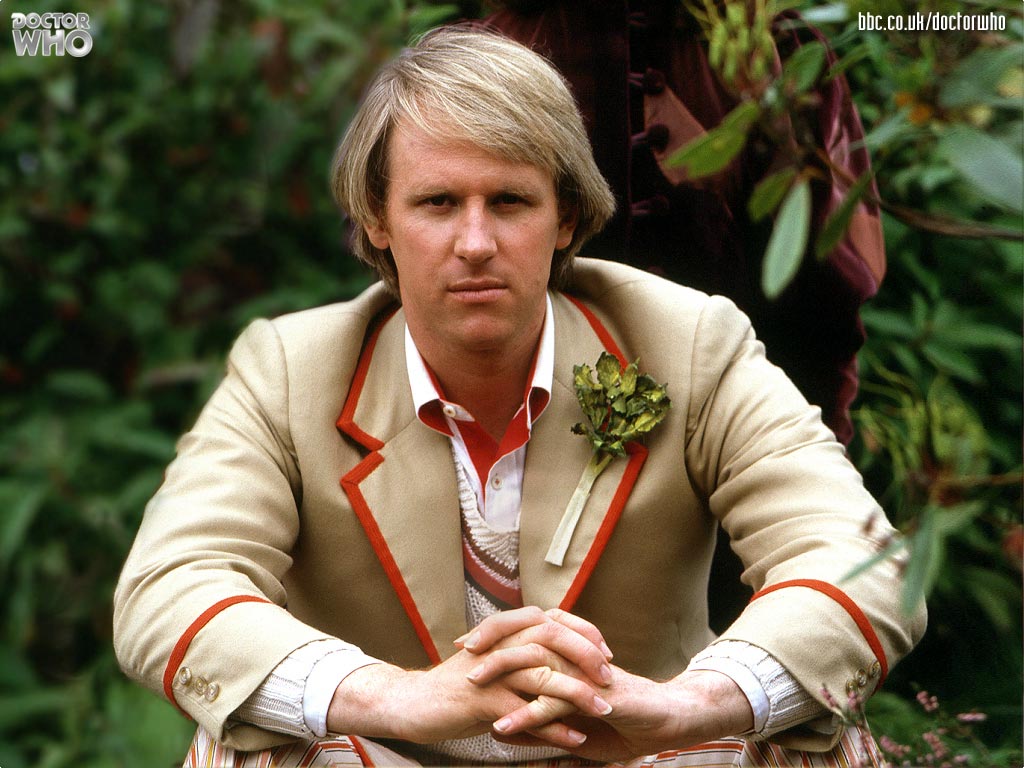Doctor Who fans have experienced many losses. Having to say goodbye to our favorite Doctor, for example, or the (relatively) Who-less time between the shows initial cancellation in 1989 and it’s return to television in 2005. Or, in this case, the loss of several classic Who episodes due to BBC’s categorical deletion of television archives.
The late 60s and early 70s were a dark time for the posterity of television programs. Various practical reasons – lack of materials, space, etc. – led a number of television broadcasters, the BBC included, to destroy archived footage. Many shows were affected across networks, as well as many other shows under BBC’s care. For Doctor Who, this meant the loss of 97 episodes from its first six seasons with losses primarily from seasons three through five.
But this particular story isn’t as much about a loss as it is a new beginning. Doctor Who’s sixteen-year absence from the air prompted a search for the missing episodes, and its eventual return to television regenerated the series for new fans and old – fans eager to learn about ALL of the lives the Doctor had lived. The resurrection of the missing episodes has varied, to say the least, with anything from film stills to full episodes being found around the world, while other stories remain missing in their entirety. And then there’s the newest addition being welcomed back into the archives, the 1966 story “The Power of the Daleks.”
While many of the reconstructed episodes have been pieced together as well as they can, BBC took a different direction with “The Power of the Daleks,” choosing this time to recreate the story in its entirety using animation. Audio recordings still intact from the original episodes provided an authentic backdrop, and the story was re-released to the public on November 5, 2016 – exactly 50 years after it originally aired.
But while this is a new step for BBC’s efforts to complete the Doctor Who archives in full, this particular story holds a particular significance – that of the introduction of regeneration. This episode captures one of the most brilliant moves that the BBC has ever made in regards to the Doctor. Think of the possibilities! Not only can the Doctor go anywhere at any time – already a healthy playground for the imaginative mind – but the regeneration of the main protagonist takes the possibilities to the next level. A new regeneration means a new personality, a new aesthetic, a new tone, while still embracing the mysterious Gallifreyan that we’ve all grown to know and love. “Doctor Who” has never been a more apt title. And while this episode could be seen as a turning point for the Doctor, its recreation in animation is certainly a turning point for the missing episodes.
It’s a new beginning for an old Doctor. We can’t wait to see what’s next.


